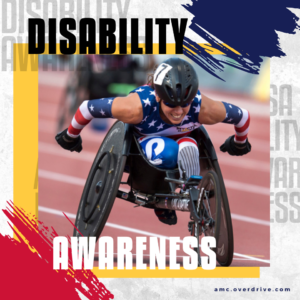American Literature
American literature tells the stories of the birth of a nation and all of its hopes, dreams, struggles, and triumphs.
American literature hasn’t been around very long—only a handful of centuries—but it tells the stories of the birth of a nation and all of its hopes, dreams, struggles, and triumphs. In the beginning, pervasive themes included “The American Dream” and “Coming of Age,” both of which helped define the zeitgeist of the new nation. As the country progressed, so did its literature, with themes growing to include “Justice and Injustice,” “The Pursuit of Happiness,” and “Freedom and Dignity,” all of which work together to tell the whole story of a young country founded on individual freedoms and how its values have played out centuries later.
American literature is often divided into five major periods:
The Colonial and Early National period (17th century to 1830):
Significant authors: John Winthrop, Cotton Mather, Benjamin Franklin, and Anne Bradstreet.
The Romantic period (1830-1870):
Significant authors: Emily Dickinson, Ralph Waldo Emerson, Edgar Allan Poe, Harriet Beecher Stowe, and Walt Whitman.
Realism and Naturalism (1870-1910):
Significant authors: Mark Twain, Stephen Crane, Jack London, Frederick Douglass
The Modernist period (1910-1945):
Significant authors: F. Scott Fitzgerald, William Faulkner, Virginia Woolf, Ernest Hemingway, John Steinbeck
The Contemporary period (1945-present):
Significant authors: Margaret Atwood, John Updike, Kurt Vonnegut, Maya Angelou, Toni Morrison








